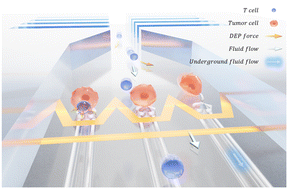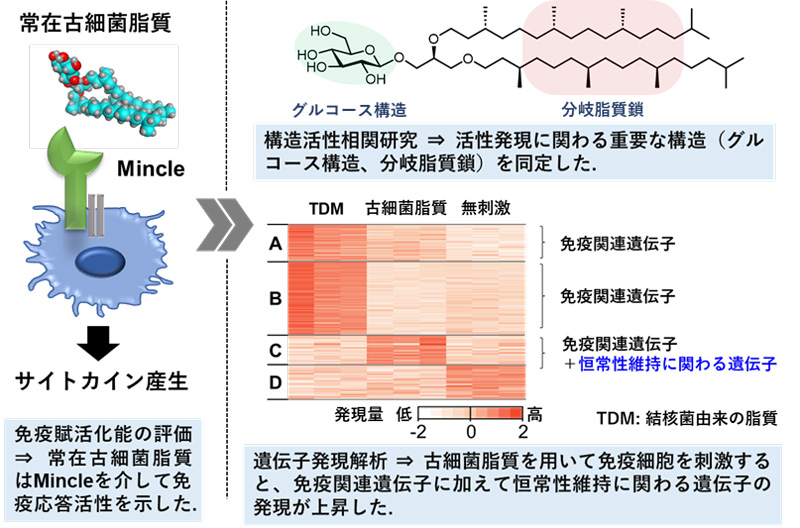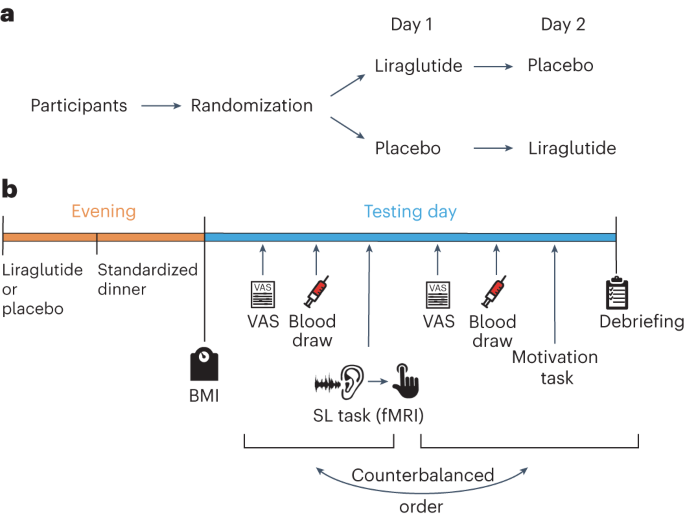2023-08-18 スイス連邦工科大学ローザンヌ校(EPFL)
◆この技術はT細胞のスクリーニングなどに応用され、細胞ベースの免疫療法の発展に貢献する可能性があります。新技術は論文で紹介され、「Lab On A Chip」誌から2023年の注目記事として選ばれました。
<関連情報>
- https://actu.epfl.ch/news/a-lab-on-a-chip-for-t-cell-screening-and-sorting/
- https://pubs.rsc.org/en/content/articlelanding/2023/LC/D3LC00400G
流体力学的トラッピングと誘電泳動的トラッピングを組み合わせたマイクロ流体デバイスにより、単一のマイクロサイズの物体間の接触を制御し、接着アッセイに応用する。 Microfluidic device combining hydrodynamic and dielectrophoretic trapping for the controlled contact between single micro-sized objects and application to adhesion assays
Clémentine Lipp,Laure Koebel,Romain Loyon,Aude Bolopion,Laurie Spehner,Michaël Gauthier,Christophe Borg,Arnaud Bertsch and Philippe Renaud
Lab On A Chip Published:14 Jul 2023
DOI:https://doi.org/10.1039/D3LC00400G
Abstract
The understanding of cell–cell and cell–matrix interactions via receptor and ligand binding relies on our ability to study the very first events of their contact. Of particular interest is the interaction between a T cell receptor and its cognate peptide–major histocompatibility complex. Indeed, analyzing their binding kinetics and cellular avidity in large-scale low-cost and fast cell sorting would largely facilitate the access to cell-based cancer immunotherapies. We thus propose a microfluidic tool able to independently control two types of micro-sized objects, put them in contact for a defined time and probe their adhesion state. The device consists of hydrodynamic traps holding the first type of cell from below against the fluid flow, and a dielectrophoretic system to force the second type of object to remain in contact with the first one. First, the device is validated by performing an adhesion frequency assay between fibroblasts and fibronectin coated beads. Then, a study is conducted on the modification of the cellular environment to match the dielectrophoretic technology requirements without modifying the cell viability and interaction functionalities. Finally, we demonstrate the capability of the developed device to put cancer cells and a population of T cells in contact and show the discrimination between specific and non-specific interactions based on the pair lifetime. This proof-of-concept device lays the foundations for the development of next generation fast cell–cell interaction technologies.



